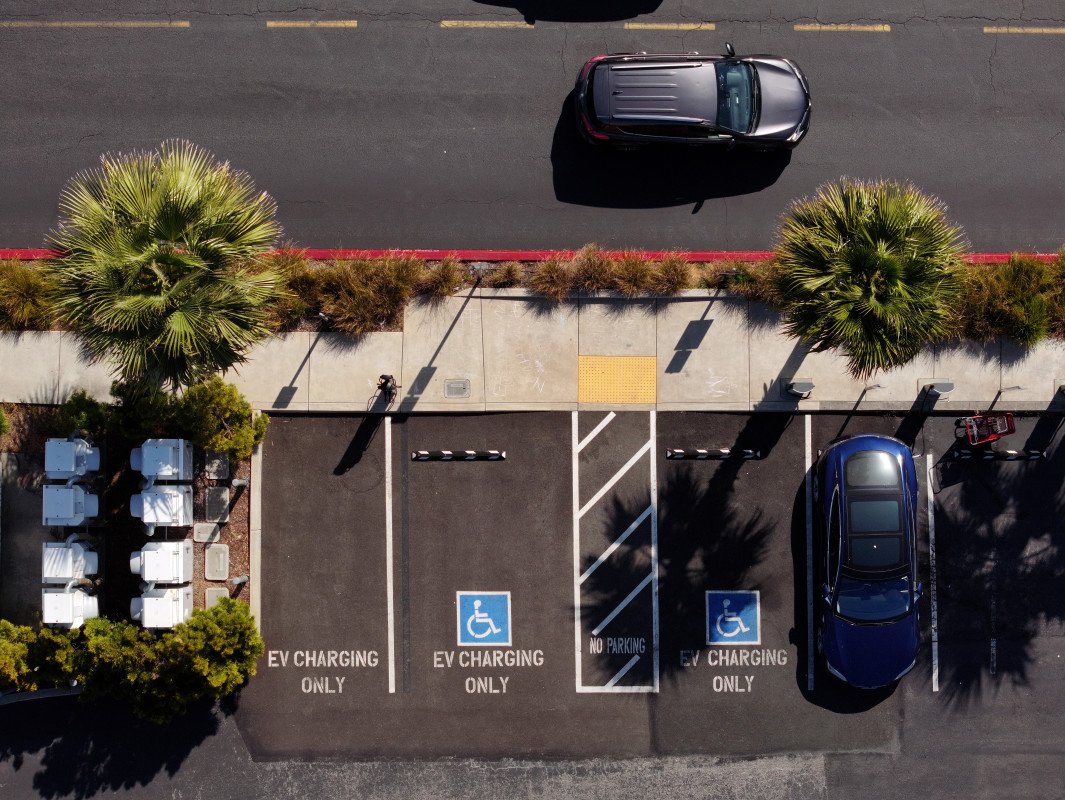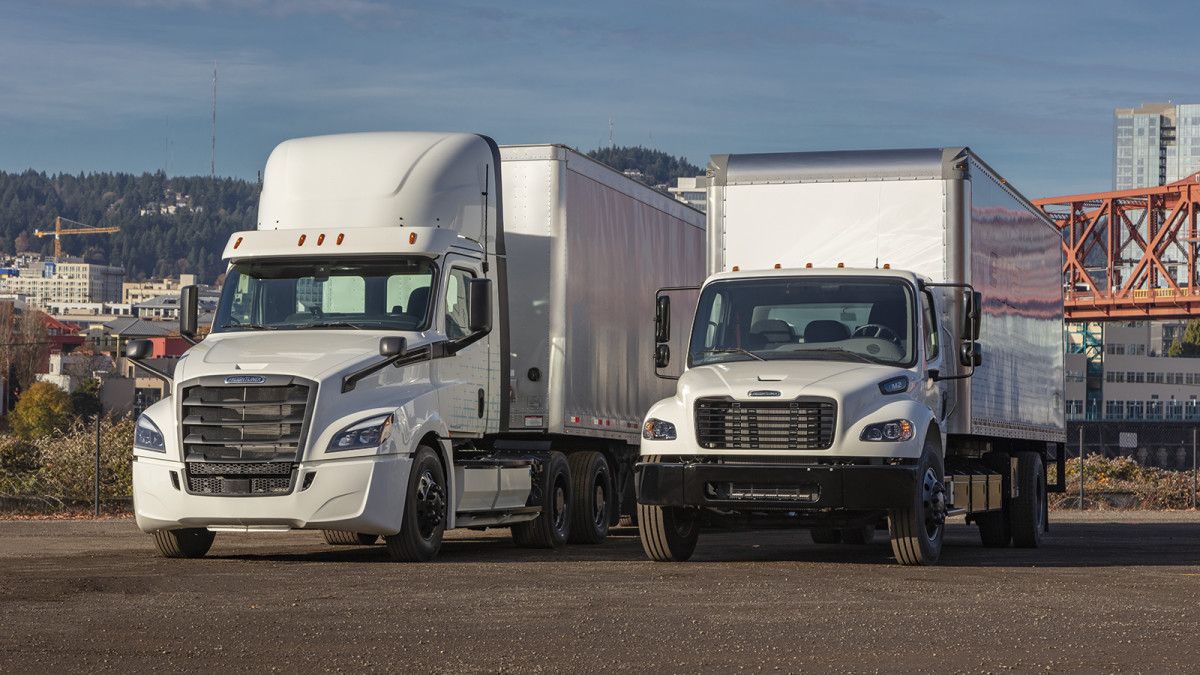More Than 200,000 Public Chargers Are Now In Operation Across The State
In California, public EV chargers now outnumber gas pumps. The California Energy Commission (CEC) announced last week that there are now 68% more charging connectors than gas-pump nozzles. That's thanks to a sustained buildout of charging infrastructure that added 22,631 plus between March and September 2025, bringing the total to 201,180 plugs in total. That's in addition to an estimated 800,000 chargers installed in single-family homes across the state.
"In the state of California, 94% of people now live within just 10 minutes of an EV charger," Governor Gavin Newsom said in a statement. "We're proving that electric vehicles are here to stay—even as Trump sells out American innovation and jobs to China." The Trump Administration has taken an anti-EV stance, cancelling the federal EV tax credit and attempting to block Congressionally-approved funding for public chargers.
Continued Investment

California is the nation's most populous state and the biggest market for new cars—including EVs. Newsom wants to get the state on track to end sales of most new vehicles with combustion engines by 2035—a goal he reaffirmed in an August executive order—and aims to do that with or without federal support.
In February, California announced a $55 million project, overseen by the CEC, supporting the installation of new DC fast-charging stations at retail sites throughout the state. It's part of a $1.4 billion program for continue the buildout of EV charging and hydrogen fueling infrastructure announced in December 2024. The state appears to have abandoned a plan to offer its own $7,500 tax credit to replace federal incentives, though.
The majority of public EV chargers in California are Level 2 AC, but many are located in places like shopping centers and office parks where cars are likely to remain parked for awhile. Since the CEC's last count, the number of Level 2 ports is up 25% while the number of DC fast-charging ports is up 14%.
Charging For Big Trucks, Too

Freightliner
Passenger cars aren't the only contributors to carbon emissions, though. Medium- and heavy-duty trucks account for over 35% of California's transportation-related emissions and a quarter of its on-road greenhouse gas emissions, despite making up to just 6% of the vehicle fleet, according to the CEC. California is looking to address that with increased sales of zero-emission trucks.
The CEC announced last week that there are now 20,093 charging stations and hydrogen stations for zero-emission trucks powered by batteries or fuel cells, respectively, in the state. That's a 23% increase since the CEC's last update in February. Newsom said that zero-emission vehicles also accounted for one in four new commercial-truck sales in California in 2024. In 2022, California joined a coalition of states aiming for all-electric truck and bus sales by 2050.


